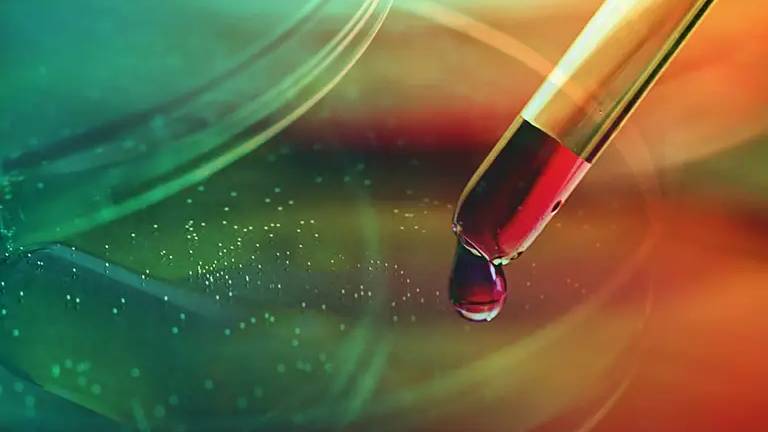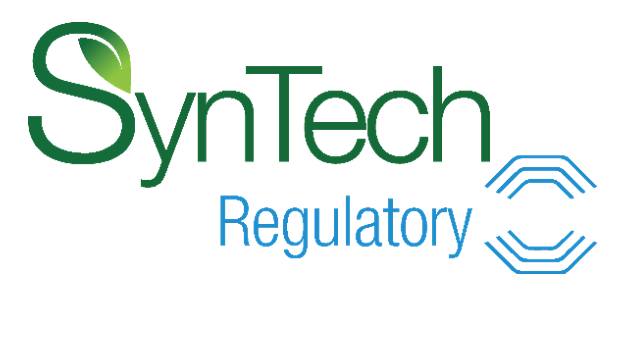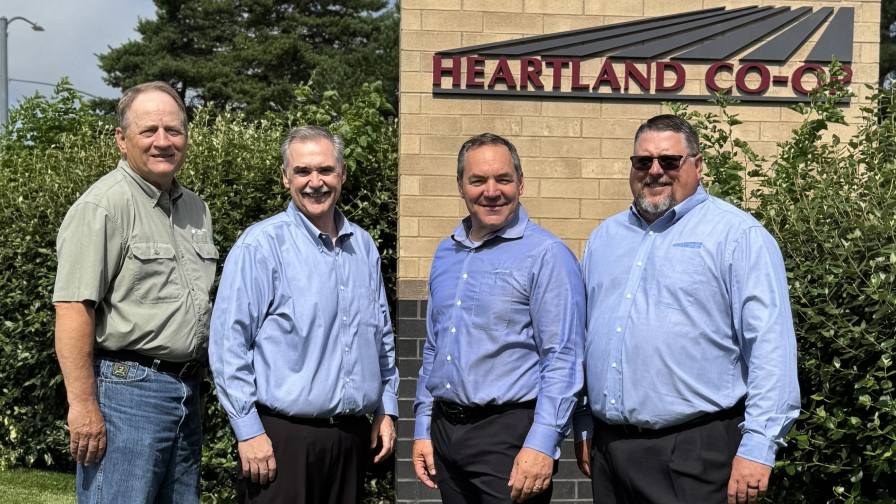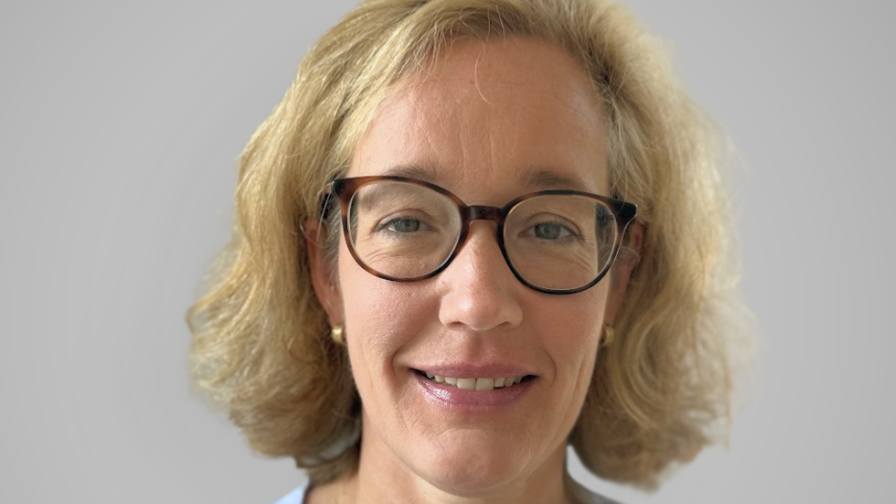Sustainable Podcast: Rovensa Next’s Brazilian Researchers Use Grower Collaboration as a Catalyst for Innovation
Rovensa Next invested more than $1 million in a new Global Biosolutions Research and Innovation Center, located in Hortolândia (São Paulo State) in September 2022. As the company’s first innovation center in Brazil, Dr. Rafael Leiria, Industrial Associate Director, and Dr. Johana Rincones Pérez, Global Research and Development Product Design Manager, share their experiences working with Brazilian growers, universities, and a global company to identify new biological solutions.
Podcast Transcript:
*This is a partial and edited transcript of the podcast.
ABG: Johana, what were some of the challenges of getting this research center up and running in Brazil?
JP: The Brazilian government has a very clear interest in the agricultural sector, especially with the growth that we’ve seen in recent years. Although there wasn’t direct involvement from the government in setting up this research center, we can cite incentives that clearly benefited the process.
One is the fact that for decades Brazil has invested in quality, higher education, scholarship programs, research centers, such as the Brazilian Agricultural Research Corporation, and they help us by producing basic research beneficial to understanding micro interactions. This knowledge is essential for Rovensa Next. It has allowed us to form partnerships with top professors, universities, research centers, and help bring academic ideas into the market in the form of new products.
Also, the same higher education programs are training high-quality research professionals that we have been able to hire for our research center. The people are the most important asset. No state-of -the-art infrastructure will run itself—so being able to hire these people is key for success.
Another point that I think is very important to mention is that Brazil has a federal program of tax cash-back incentives. They’re called “Lei do Bem” (Law of Good) or something like that, and it’s given for doing good. Companies that can show they invest in research and development (R&D), can get up to 34% of their federal tax back, so that’s a very good incentive for companies to have research centers in Brazil.
ABG: Raphael, how do you work hand-in-hand with the Brazilian growers and gain their trust?
RN: Rovensa has teams that work with growers to understand their needs, goals, and channels. We work together with them to identify the right solution. In Brazil, we have more than 200 people in the fields.
An important part of these people in field work is to show the results to our growers through a demonstration of the products and solutions. This is an important step before a sale.
We work with our clients, following the results, bringing in consultants, and then going over scientific results of our products to gain growers’ trust. To launch a new product demands more than research in laboratory and in the research centers, it demands a lot of work in fields. We have to be there. We have to go to the farmers to show the results.
And year after year, our expertise in the industry speaks for itself. After we begin working with growers, they see that our solutions deliver larger fruit sizes and greater yields.
Some of this technology we have to adapt, depending on the region or the grower’s facilities. We have to be with them to listen to the problems.
ABG: Are you bringing growers’ feedback back to the lab and using that to change products or take your research in a different direction? How closely are you working with that feedback?
RN: You work really close with it. If not, then solutions won’t be accomplished, and it would not be as efficient. If we can find, for example, a product that is not easily applicable for the grower in farm conditions, then we can improve it. We go to the field to conduct a lot of trials in different conditions and give our recommendations.
ABG: Do you think research centers will need to be created in different regions so that researchers can work with the growers and come up with solutions that are very specific for that region?
JP: Well, our research center is certainly inspired by what we are hearing from our local partners and what we are seeing in the environment. But as a global company, we don’t work in silos. What we do should be benefit everyone that it can.
In Brazil, the research center was created because it is a very important market and sustainable solutions are being requested by our clients. It also has a unique climate. The challenges that our local partners are facing is our main focus at this initial period. Since we started this center, what we are finding in our research can go beyond local solutions.
For example, we have a product called Vorax here in Brazil (*this is also known as Biimore and Quikon) It is our ultra-efficient biostimulant. It was born here in Brazil, and it showed significant yield increase for soybeans being applied in very low dosages. The biostimulant was born in Brazil because of a need for it and a bacteria that we have here.
It’s not a live product. It’s a fermentation product. By doing research on development and trying to understand better its mode of action, we discovered that it also has significant positive effects on increasing the size and quality of several food crops. This product today is being exported to more than 16 countries. This is one example of something that was born here.
Moreover, our global research center receives microbes from other countries. Just as we made a partnership with universities here in Brazil, we partner with other offices around the world in identifying promising microbes that we can develop a product from here, and then we can export the technology.
ABG: How many projects are you currently working on?
JP: Currently, we are working on more than 15 projects. This includes new products and also upgrades of our existing products. We have established a product development pipeline that includes basic research, product, design, product, development, efficacy and mode of action, trials, product registration assets, bioprocess, development and scale up.
From the project idea until we have a new project product ready to launch can take several years. On average, it takes four to five years, even though some of the stages can occur in parallel. We already have several that have been developed together.
ABG: Can you tell me just briefly about how you’re working universities?
JP: Over the years, we have cultivated a very good relationship with key scientists in Brazil. Before we had our own research center, we had partnerships in the form of joint projects with universities. There are several modes in which this can happen. Sometimes we can sign a conjunction project in which we can pay for scholarships. For instance, we can have a specific project at the university to prove 150 efficacy tests of some of our ideas for the initial projects.
There are many partners that we have been working with throughout the years. We also work together within associations.








